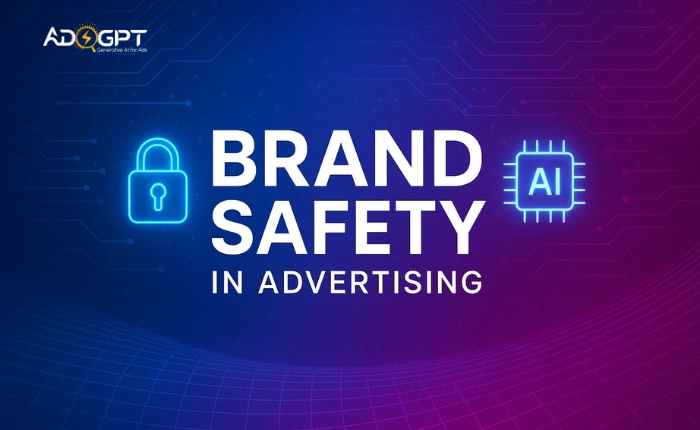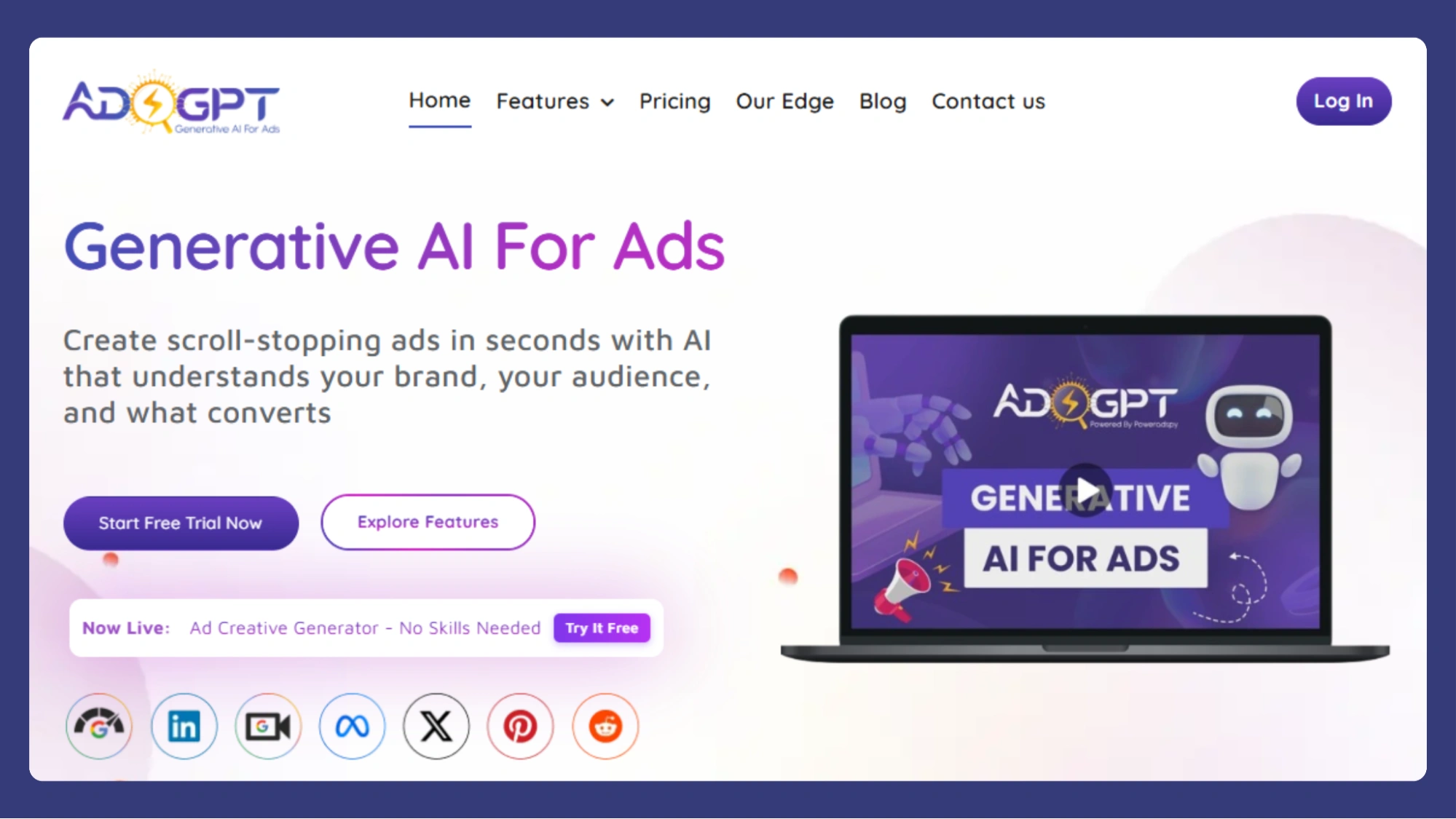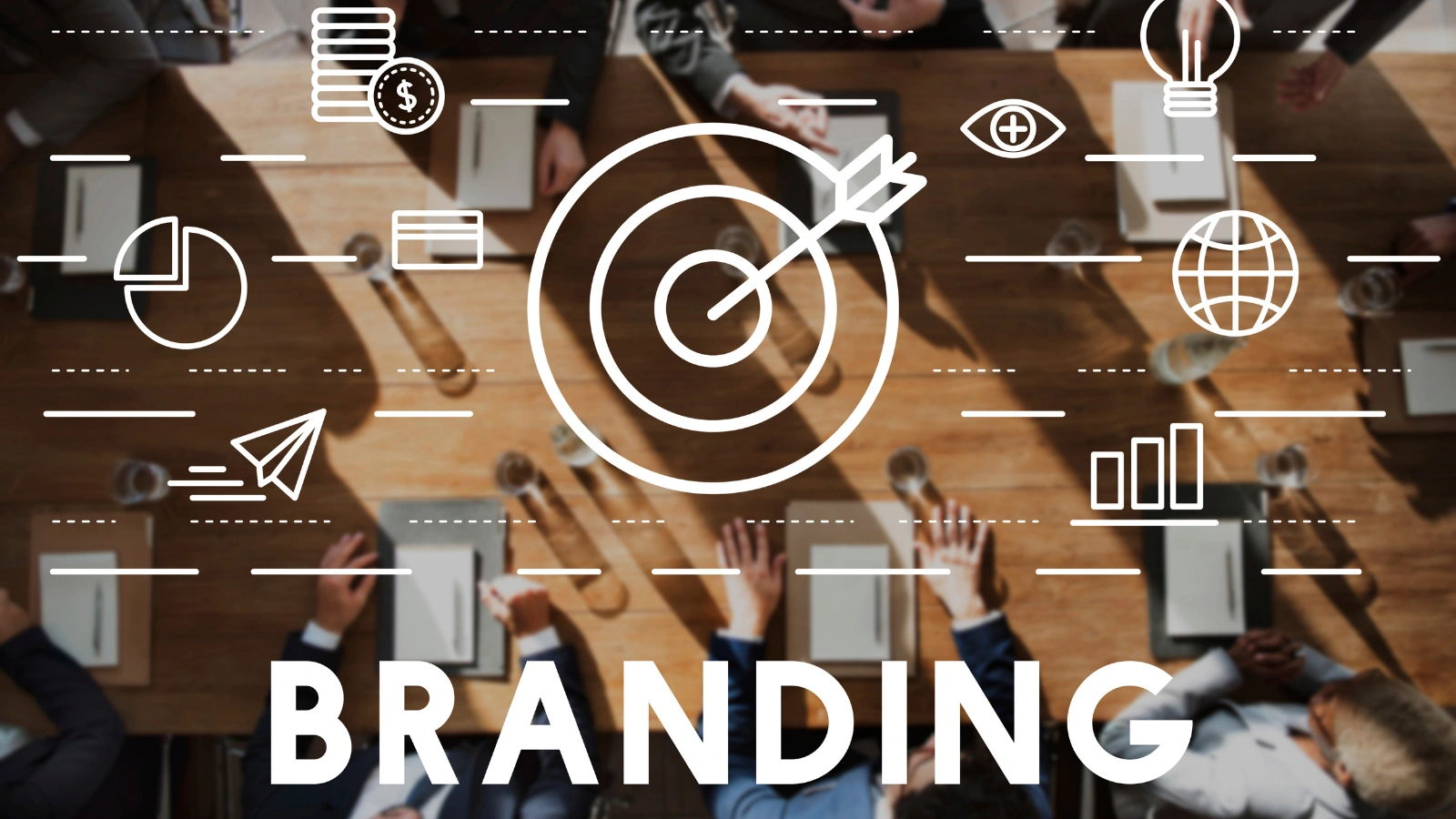
A brand earns trust through consistent values, clear messaging, and positive public perception. When ads appear next to harmful, misleading, or offensive content, that trust suffers. Brand safety in advertising ensures your campaigns appear in the right environments, protecting both reputation and return on investment.
As online ad placements grow across multiple platforms, advertisers face the challenge of monitoring where their messages appear. Maintaining safety is no longer optional; it is an essential part of campaign strategy.
Listen To The Podcast Now!
What Is Brand Safety?
Before implementing measures, it’s crucial to understand brand safety. This refers to the practice of ensuring that advertisements do not appear next to content that could harm a brand’s image, including violent, adult, or politically extreme material.
Brand safety in advertising also encompasses preventing association with misinformation or controversial topics that contradict brand values. Strong policies here maintain credibility and keep campaigns aligned with a company’s mission.
Understanding Advertising Brand Safety In The Digital Era
Brand safety in advertising has evolved alongside advances in ad placement technologies. Programmatic advertising enables precise audience targeting but also increases the risk of unsafe placements if filters and safeguards are not applied.
With user-generated content platforms and real-time bidding exchanges, ads can appear in unpredictable contexts. For example, without strong controls, an ad for a children’s product could be placed alongside content promoting unsafe activities. To prevent such incidents, businesses must maintain vigilant monitoring and use the right tools to protect both their reputation and their audience.
Key Challenges In Brand Safety Advertising
Brand safety advertising faces multiple challenges:
- Content adjacency risks
When ads appear next to offensive, violent, or irrelevant material, they can unintentionally associate the brand with that content. This can harm brand perception even if the ad itself is appropriate. Careful monitoring and placement controls help avoid these situations. - Fake news and misinformation
Placing ads alongside false or misleading information can damage credibility. Viewers may assume the brand endorses the content simply because the ad appears there. Staying vigilant and using verification tools reduces the risk. - Platform policy changes
Advertising platforms often update their policies, sometimes with little notice. Brands that fail to adapt quickly may face ad disapproval or unintended placements. Staying informed ensures campaigns remain compliant and brand-safe. - Global variations
Cultural differences can make safe content in one market offensive in another. Without adapting strategies to each region, brands risk misunderstandings and backlash. Localized brand safety standards help maintain relevance and respect. These risks demand a structured, proactive approach.
Brand Safety Digital Advertising: Where It Fits In Your Strategy?
Brand safety digital advertising needs to be built into campaign planning from the very beginning. It influences several key areas of execution:
- Placement selection
Carefully select ad placements through reputable publishers and verified networks. This reduces the likelihood of ads appearing in environments that could damage the brand’s reputation. Building strategic partnerships with trustworthy platforms serves as the first layer of protection. - Audience targeting
Identify and avoid audience segments that might engage with or share unsafe or controversial content. Targeting precision helps reduce the risk of ads appearing in contexts that do not align with brand values. Strong targeting filters contribute to safer engagement. - Creative tone
Visuals, copy, and messaging must consistently reflect the brand’s ethics and standards. A well-placed ad can feel unsafe if the tone seems inappropriate or misaligned. Cohesive creative guidelines ensure the brand voice remains safe and consistent. Integrating safety measures into each of these areas creates a reputation-friendly strategy that protects both audience trust and campaign performance.
Essential Brand Safety Guidelines For Businesses
Strong brand safety guidelines allow companies to maintain full control over where and how their ads appear. These practices create a consistent safeguard for campaigns:
- Set clear content rules
Define exactly what types of content or environments are off-limits for ad placement. This could include violence, adult content, political extremism, or anything conflicting with brand values. A detailed policy ensures every stakeholder understands the limits. - Use verified platforms
Work only with ad networks and publishers that have proven brand safety measures. Verified partners often provide stronger content monitoring and clear transparency on where ads are shown. This minimizes the risk of unsafe placements. - Implement keyword blocklists
Create a list of words or phrases that should trigger automatic ad exclusion. This prevents ads from appearing alongside unsafe, controversial, or irrelevant topics. Regularly update the list to stay aligned with emerging risks. - Monitor performance and placement
Review ad reports frequently to check not only metrics but also the environments in which ads appear. Spotting an unsafe placement early allows you to remove it before it causes brand damage. - Train marketing teams
Educate everyone involved in campaign planning and execution on your brand safety rules. A well-informed team can spot risks faster and make decisions that align with brand protection goals.
By integrating these guidelines into everyday processes, businesses can safeguard both their messaging and their reputation.
Read More!
AI For Advertising: Innovative Examples, Tools, And What’s Next?
Top Brand Safety Tools Every Marketer Should Know
Using the right brand safety tools helps marketers automate monitoring, reduce risk, and keep ads away from unsafe or inappropriate environments. Here are the key types to consider:
- Contextual analysis tools
These tools scan and evaluate the content surrounding an ad placement before it goes live. By analyzing text, images, and even video context, they ensure the ad only appears alongside material that matches brand safety in advertising guidelines. - Third-party verification services
Independent verification providers confirm whether ad placements meet brand safety in advertising standards. They act as an unbiased safeguard, offering reports and alerts that help brands maintain trust in their campaigns. - Programmatic filters
Integrated into real-time bidding systems, these filters automatically block ads from appearing in unsafe categories or on unverified websites. They ensure brand safety in advertising remains intact even during rapid programmatic transactions.
Most popular brand safety tools also include advanced analytics dashboards, automated placement reports, and direct integration with leading ad platforms. This combination gives marketers full visibility and control over where their ads appear, without slowing down campaign performance.
Read More!
4 Powerful Digital Ad Creative Strategies For Your Campaigns
How AdsGPT Generative AI Ads Made Simple Without Compromising Brand Safety?
Creating ads that are consistently on-brand is a critical part of maintaining brand safety in advertising. AdsGPT helps marketers achieve this by automating creative production while ensuring that every visual, copy, and design element aligns with brand guidelines. This reduces the risk of off-tone messaging, misaligned visuals, or policy violations across platforms.
Effortless Ad Creatives: With AdsGPT, you can generate stunning, on-brand visuals in seconds, with no design experience required. This ensures your ads always reflect your brand identity, whether for social media, display networks, or video campaigns.
Platform-Specific Customization: AdsGPT automatically optimizes ads for platforms like Meta, Google, LinkedIn, and Pinterest, making sure creatives meet placement requirements and policy standards. This minimizes the risk of your ads being flagged or misrepresented.
Competitor-Inspired & Personalized Content: Marketers can start with competitor ads for inspiration, then use AdsGPT to tailor tone, messaging, and branding to their own campaigns. Combined with the ability to add short prompts for personalization, every creative remains fresh, original, and brand-aligned.
Smart Brand Memory: Logos, descriptions, and approved design elements are automatically applied to each creative, guaranteeing consistent branding across all ad formats and campaigns.
Copy That Matches Your Brand Voice: Beyond visuals, AdsGPT produces high-quality ad copy tailored to specific platforms. From Google search ads to Meta campaigns, AI-generated copy ensures messaging aligns with brand values, reducing the risk of off-brand communication.
Data-Driven Insights: AdsGPT also offers analytics and competitor benchmarking to refine your ad strategy, helping you identify what resonates with your audience while keeping brand consistency intact.
By combining creative automation with strict adherence to brand standards, AdsGPT empowers marketers to produce ads that are safe, compliant, and fully representative of their brand. This makes it an essential tool for businesses looking to maintain brand trust while scaling campaigns efficiently.
Best Practices For Maintaining Brand Safety Across All Channels
Maintaining brand safety in advertising requires an ongoing, structured approach:
- Audit regularly: Track ad placements to ensure they appear only in approved, brand-safe environments.
- Stay informed: Watch for new industry risks, such as emerging harmful content categories.
- Align creatives with safety rules: Keep all ad messages and visuals consistent with brand values.
- Use trusted partners: Choose ad networks that actively enforce brand safety standards.
- Leverage consistent creative production: Using tools that help generate on-brand, high-quality ads can make it easier to maintain messaging consistency across campaigns. By automating the creation of visuals and copy that reflect brand standards, marketers reduce the chance of off-tone or inconsistent content, supporting an overall brand-safe strategy.
With these practices, brands can safeguard their reputation across every channel while still running impactful campaigns.
With these practices, brands can safeguard their reputation across every channel while still running impactful campaigns.
Conclusion
Ensuring brand safety in advertising every time requires a proactive, structured approach. By setting clear guidelines, carefully selecting ad placements, monitoring performance, and using trusted tools, marketers can prevent their ads from appearing in harmful or inappropriate environments. Additionally, leveraging creative solutions that produce consistent, on-brand visuals and copy, like AdsGPT, helps maintain messaging alignment across campaigns. Combining vigilance, strategic planning, and reliable technology allows brands to protect their reputation, build trust with their audience, and run campaigns confidently in safe and relevant environments.
FAQs
- What is brand safety in advertising, and why is it important?
Brand safety refers to the practice of ensuring that your ads do not appear alongside harmful, offensive, or inappropriate content. It’s crucial because unsafe ad placements can damage a brand’s reputation, erode audience trust, and negatively impact campaign performance. - How can marketers monitor and maintain brand safety across multiple platforms?
Marketers can maintain brand safety by auditing ad placements regularly, using verified platforms, implementing keyword blocklists, monitoring campaign performance, and educating teams on brand safety policies. Tools that help produce consistent, on-brand creative—like AdsGPT—also support safer campaigns by maintaining messaging alignment across channels. - Can AI tools like AdsGPT prevent unsafe ad placements?
While AdsGPT does not directly control ad placement, it helps ensure that all ad visuals and copy remain consistent with your brand values. By generating high-quality, on-brand creatives tailored to each platform, AdsGPT reduces the risk of off-tone or inconsistent messaging, supporting an overall brand-safe strategy.









